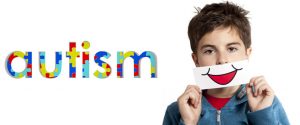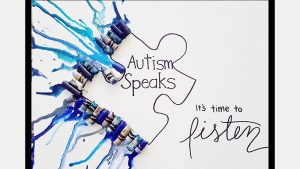
Despite their condition, students with Autism Spectrum Disorder are now encouraged to participate in the traditional educational mainstream together with ASD-free kids. Autism Spectrum Disorder is a prevalent condition in kids these days. Behavioral and social interaction issues characterize it. Thus, having them in class can be a real challenge for teachers who have no training or knowledge in dealing ASD kids.
But since the educational system is already welcoming pupils with the condition in a regular setup, teachers might as well equip themselves on how to deal with such students.
How Autism Affects Student Life
A traditional classroom is a social place where students can interact and learn from each other. It is a place where students develop their social-emotional skills, but for a student with ASD, the setting could lead to heightened depression, stress and anxiety. As elaborated by Stormi Pulver White, PsyD, “Many teens with autism – boys and girls alike – don’t pay close attention to the social examples and cues of their classmates and peers. As a result, many need help understanding that these behaviors are important.”
With that said, problems may arise regarding behavior and academic performance as well. It will become a challenge for teachers as they may require additional learning methods and even social support. Furthermore, since there is a strong connection between social and emotional competence with academic performance, it is expected that issues will arise for students with special needs or with ASD.
The education system in each state and even countries worldwide are then challenged to address this phenomenon. It is vital to come up with strategies to balance the needs of students with or without ASD.
Misinformation Around Inclusion
Many assume that quality education is obtainable through classroom learning. However, for students with ASD, this notion doesn’t exactly follow to the dot. What is the definition of “inclusion” anyway? The school has to address this for the child with ASD to experience quality learning without impairing his emotional health. But John Cutrone, LMHC, MCAP, CAS said, “Being diagnosed with Autism does not have not to impact you negatively. People with Autism can live fulfilling and meaningful lives. It is about learning the tools and skills that can help lead to success.”
The usual solution is to remove the concerned ASD student for some time from mainstream schools if their condition deters them from coping with traditional style learning. This act will help lessen the stress, anxiety, and pressure on the student. It will also help him adjust if the school he is under will cater to his specific needs. Once everything is already on track, he can rejoin traditional schools provided he can manage the settings. Otherwise, welcome the student and put in all the effort.

Suggestions for Teachers
In classroom interventions for autism, teachers should help their students with ASD on how to overcome the sudden transition by providing moral support and whatever else the kids need.
Some students with ASD also request usage of gadgets like laptops and tablets in doing their schoolwork. Note that students with ASD have delays with their fine motor skills. Thus, using these gadgets can help them catch up with the group concerning lessons and schoolwork.
Copies of the lesson instructions, notes and activities verbally given by the teachers in class can help ASD kids. It will assist them to get a good grasp of the lessons as they go along. They need it in text or written down.
Taking photos of the notes and instructions written on the board are allowed for ASD students, if possible.
A quiet place for students with ASD to complete their school activities and assignments must be set up.
Supporting Students With ASD
Fund Allocation. Having ample funds and spending it on the proper resource or tool will enable schools in teaching ASD kids efficiently. They must also hire specialized staff who can help teachers create learning approaches for students with ASD.
Specialized Educator Training. Training will help teachers understand the condition and strategize methods to reach out to their students with ASD.
“There is no cure for autism, nor is there one single treatment for autism spectrum disorders. But there are ways to help minimize the symptoms of autism and to maximize learning.” Karla Helbert, LPC, E-RYT, C-IAYT said. Educating teachers on ASD as a developmental condition and strategies on how to deal with their students having such disorder is the best solution. In time, students with ASD can go to school without any problems just like non-ASD kids.
